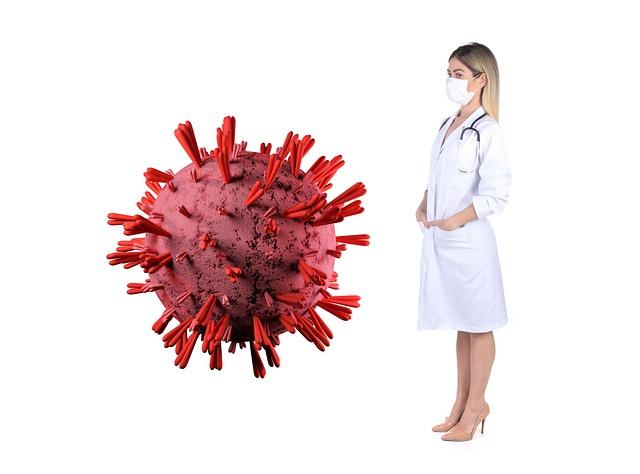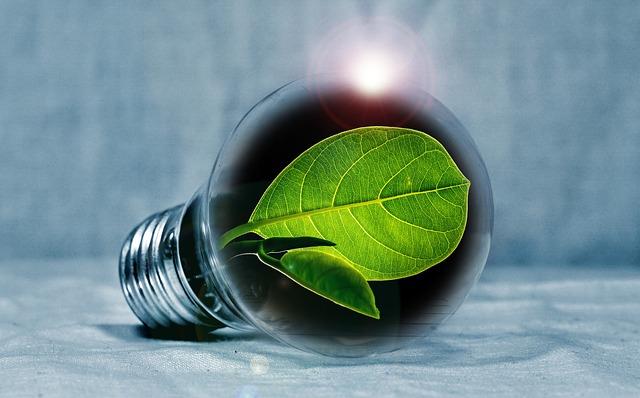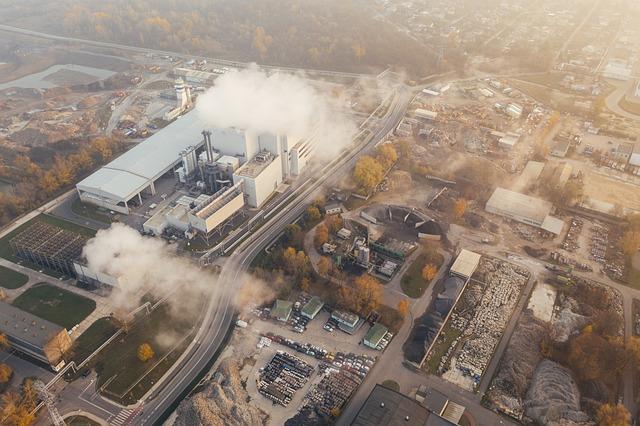- Introduction to Carbon Capturing Microbes
- How Carbon Capturing Microbes Function?
- Applications of Carbon Capturing Microbes
- Challenges and Limitations
- Future Potential of Carbon Capturing Microbes
- Final Thoughts on Carbon Capturing Microbes
- FAQs
- References
Introduction to Carbon Capturing Microbes
In our constant battle against climate change, one methodology that has garnered significant attention is carbon capturing. While traditional solutions like reforestation and technological carbon capture systems have been at the forefront, a promising breakthrough lies in harnessing the natural power of microorganisms to sequester carbon dioxide (CO₂). These tiny creatures—carbon capturing microbes—or "microbial CO₂ sinks" play a vital role in reducing greenhouse gases by absorbing CO₂ during their metabolic processes.
This article will dive into how these microbial organisms function to absorb and store carbon. We will explore various real-world applications, from agriculture to industrial use. The challenges and limitations of large-scale implementation of carbon-capturing microbes will also be discussed, followed by an outlook on the future potential of this technology. Finally, we will conclude with an FAQ to address common questions, and you’ll find relevant references for further reading.
How Carbon Capturing Microbes Function?

(Image: Pixabay/@Clker-Free-Vector-Images)
Carbon capturing microbes typically absorb CO₂ through a series of biological processes primarily linked to their energy metabolism. These microorganisms either consume CO₂ to obtain energy or use it for biomass production. There are two main types of microbial CO₂ mechanisms: autotrophic and heterotrophic. Autotrophic microbes synthesize their food using CO₂ as a carbon source. On the other hand, heterotrophic microbes rely on organic compounds produced by the decomposition of dead organisms in the environment but also absorb some CO₂ during their metabolism.
Some common examples of CO₂-capturing microbes include cyanobacteria, microalgae, and methanogens. Cyanobacteria, also known as blue-green algae, use photosynthesis to convert CO₂ and sunlight into organic compounds necessary for their growth. Microalgae operate in a similar manner, offering higher efficiency in absorbing carbon, which makes them prime candidates for bioengineering efforts aimed at enhancing carbon uptake. Methanogens, on the other hand, consume CO₂ in anaerobic conditions (environments without oxygen), resulting in methane—a powerful greenhouse gas that can nonetheless be used for energy if properly captured.
These microorganisms often live in environments like oceans, soils, and even extreme conditions such as volcanic vents, making them a versatile tool for widespread CO₂ mitigation efforts.
Applications of Carbon Capturing Microbes

(Image: Pixabay/@outsideclick)
Carbon capturing microbes have gained attention not only for their ecological impact but also for their practical applications across different industries. One major area of focus is in agriculture. Farmers are now looking at ways to integrate carbon captors like cyanobacteria into soil management practices to increase fertility, improve crop yield, and take advantage of the carbon capture abilities of these microbes at the same time. By introducing beneficial bacteria into farm systems, soil carbon content can be elevated, contributing to climate mitigation while boosting farming productivity.
Another booming application is bioengineering techniques in which microorganisms are genetically modified to enhance their ability to capture CO₂. For instance, scientists have engineered various strains of algae to fix more carbon rapidly, opening doors for use in carbon capture plants or biofuel production at scales comparable to traditional extraction methods. Algal biofuels, derived from carbonate-rich microalgae, present one alternative to fossil fuels.
The use of carbon-capturing microbes also extends to wastewater treatment plants. Certain bacterial colonies are capable of consuming pollutants while simultaneously capturing carbon, creating a dual-purpose benefit in treating contaminated water and reducing atmospheric CO₂ levels.
There’s also significant interest in using microbial fuel cells powered by these carbon-sequestering bacteria to generate electricity. One proposed application is employing these microbes inside artificial environments designed to break down waste products while feeding back clean energy into the grid, offering an eco-friendly and sustainable solution for energy recovery.
Challenges and Limitations

(Image: Pixabay/@Hans)
Despite the exciting prospects offered by carbon-capturing microbes, there are some significant hurdles that need to be overcome before their wider adoption. First and foremost, scaling up microbial carbon capture to levels that impact global emissions poses considerable challenges. Most research has been conducted in laboratory environments where conditions can be tightly controlled. Transitioning these results into real-world scenarios, such as applying microbes effectively in open ocean ecosystems or across expansive agricultural fields, presents technical difficulties.
An additional challenge is the stability of carbon sequestration. The long-term permanence of the CO₂ absorbed by microbes is uncertain. When microbes die or are consumed within ecosystems, the sequestered carbon can be released back into the atmosphere, negating the overall effectiveness. This raises the question of how to maintain or preserve the carbon stored within microbial systems over extended periods.
There are economic constraints as well, particularly in developing and maintaining microbial systems that can function continuously. Large-scale cultivation of carbon-capturing microbes, whether for biofuels, wastewater treatment, or agriculture, may require complex infrastructure setups and ongoing operational costs.
Additionally, microbial activity is subject to environmental conditions. Sudden changes in temperature, acidity, or the availability of nutrients can severely disrupt the functions of microbes, limiting their capacity to serve as reliable carbon sinks.
Future Potential of Carbon Capturing Microbes

(Image: Pixabay/@PIRO4D)
The future of carbon-capturing microbes looks promising due to advancements in genetic engineering and environmental technologies. Researchers are already experimenting with gene editing tools like CRISPR to modify bacteria and algae to amplify their carbon capture capability. The vision for the future includes utilizing these microbes in bioreactors on a mass scale to passively absorb CO₂ from the atmosphere, potentially transforming pollution-heavy industrial areas into sustainable hubs.
Collaboration between governments, corporations, and academia will be essential for this technology to reach its full potential. Investment in pilot projects, research labs, and employing bioengineered microbes in sectors such as energy, wastewater treatment, and agriculture could place us on the verge of a new green revolution.
On an optimistic note, as the effects of climate change worsen, the need for innovative, scalable carbon capture solutions will likely drive increased funding and attention toward microbial CO₂ technologies. Diversifying the approaches to carbon sequestration, alongside tree planting and mechanical carbon capture methods, could provide humanity with a multifaceted toolkit to combat global warming.
The future isn’t without risks, particularly concerning unknown ecological impacts of introducing genetically modified organisms into natural environments. However, if controlled carefully, these developments could usher in powerful new ways to combat climate degradation.
Final Thoughts on Carbon Capturing Microbes
Carbon-capturing microbes represent a fascinating—and potentially transformative—frontier in the fight against climate change. Through natural processes honed over billions of years, microorganisms offer an incredible ability to capture ambient CO₂, contributing to lower atmospheric concentrations.
The potential applications are vast, from improving agricultural soil performance to aiding in wastewater treatments and even generating valuable energy through microbial fuel cells. Nevertheless, obstacles remain, including scaling for industrial use, ensuring stability, and addressing the ethical concerns surrounding bioengineering.
In conclusion, while carbon-capturing microbes may not solve all of our climate problems alone, they could become a pillar in our multi-pronged approach to reducing global carbon emissions.
FAQs
What are carbon-capturing microbes?
Carbon-capturing microbes are specific types of microorganisms that have the ability to absorb CO₂ from the atmosphere as part of their metabolic processes.
Can microbes really capture significant amounts of carbon?
Yes, microbes such as cyanobacteria and algae have shown the potential to absorb significant amounts of CO₂ through natural processes like photosynthesis. Through bioengineering, these abilities could be further enhanced for large-scale applications.
Where are these microbes typically found?
You can find carbon-capturing microbes in various ecosystems, ranging from oceans and soils to wetlands and extreme environments, such as deep beneath the earth's surface or in volcanic vents.
Are carbon-capturing microbes safe to use?
While naturally occurring microbes pose no significant risk, caution is needed when deploying genetically modified ones. Researchers ensure strict guidelines control the introduction of bioengineered microbes into ecosystems to avoid unintended consequences.
What is the future of microbial carbon capture?
With advancements in biotechnology, the future holds great promise for using carbon-capturing microbes in sectors like agriculture, energy production, and industrial carbon sequestration. Ongoing research will focus on enhancing these microbes' efficacy and ensuring ecologically safe applications.

